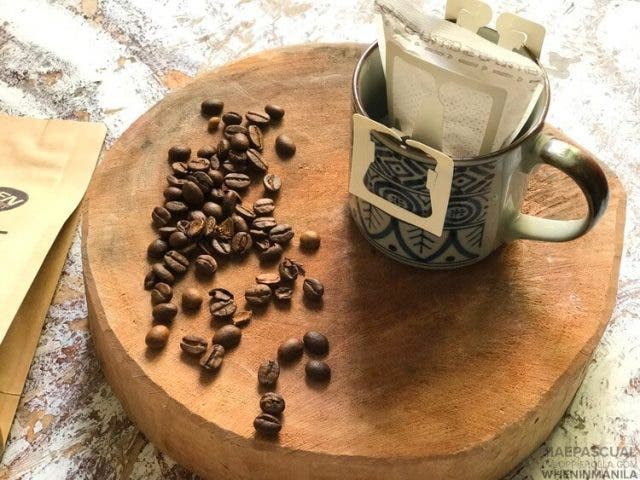Coffee roasting is the process by which raw coffee beans are transformed into the delicious and aromatic coffee we all love to drink. Roasting is a crucial step in the coffee-making process that affects the taste, aroma, and color of the final product. In this post, we’ll explore the basics of coffee roasting, including the different types of roasts and the science behind the roasting process.
Firstly, it’s important to understand that coffee beans start off as green and unroasted. The roasting process transforms the beans by applying heat to them, causing them to change in color and aroma. There are three main types of roasts: light, medium, and dark. Each roast produces a different flavor profile, and coffee connoisseurs often have a preference for one type of roast over the others.
Light roasts are roasted for the shortest amount of time and have a light brown color. They are generally more acidic and have a bright, tangy flavor. Light roasts are often preferred by those who enjoy the natural flavors of coffee and want to taste the unique characteristics of different coffee beans.
Medium roasts are roasted for a slightly longer period of time and have a darker brown color. They are less acidic than light roasts but still have a bright, lively flavor. Medium roasts are often described as having a balanced flavor profile that combines the natural flavors of the coffee with the flavors imparted by the roasting process.

Dark roasts are roasted for the longest amount of time and have a deep brown or almost black color. They are less acidic than lighter roasts and have a bold, robust flavor. Dark roasts often have a smoky or burnt taste that is the result of the extended roasting time.
The roasting process itself involves applying heat to the coffee beans and controlling the temperature to achieve the desired roast level. During the roasting process, a chemical reaction called the Maillard reaction occurs, which produces the complex flavors and aromas associated with coffee. The Maillard reaction is a complex process that involves the interaction of amino acids and sugars in coffee beans.
Roasting coffee is both an art and a science. It requires skill, experience, and an understanding of the roasting process to produce high-quality coffee. Roasting coffee at home has become increasingly popular in recent years, with many coffee enthusiasts investing in home roasting equipment to create their own unique blends and flavors.
In conclusion, coffee roasting is a fascinating and complex process that transforms raw coffee beans into the aromatic and flavorful coffee we all love. The different types of roasts each have their own unique flavor profiles, and coffee connoisseurs often have a preference for one type of roast over the others. Whether you prefer a light, medium, or dark roast, understanding the basics of coffee roasting can help you appreciate the art and science behind this essential step in the coffee-making process. So, the next time you enjoy a cup of coffee, take a moment to appreciate the roasting process that went into creating that delicious beverage. Visit http://www.erissociety.org/ for more tips on roasting your coffee.











